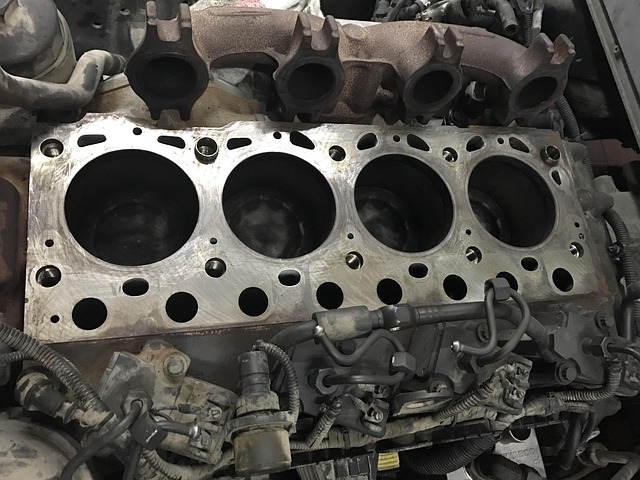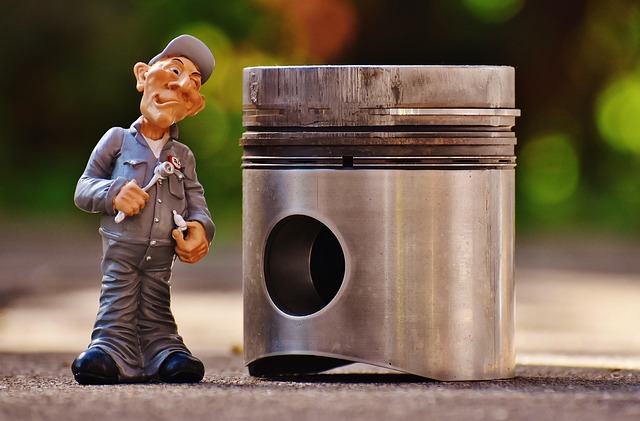“Looking to register your car in California? This comprehensive guide walks you through every step. From understanding crucial requirements like DMV vin verification, to gathering essential documents and completing the registration process, we’ve got you covered. Learn how to secure your unique vehicle identification number (VIN) for a smooth experience at the DMV. Get ready to hit the road with peace of mind!”
- Understand California Car Registration Requirements
- Gather Necessary Documents for DMV Visit
- Perform Vehicle Identification Number (VIN) Verification
- Complete Application and Submit Fees at DMV
- Receive Your Registration Plates and Documents
Understand California Car Registration Requirements

Before registering your car in California, it’s crucial to understand the state’s specific requirements. The California Department of Motor Vehicles (DMV) mandates several steps for ensuring that all vehicles on the road are safe and legally operated. One key aspect is the DMV vin verification process, which involves checking the vehicle identification number (VIN) to confirm the car’s authenticity and history. This includes verifying the vehicle’s ownership, maintenance records, and any previous accidents or damage, thereby ensuring compliance with safety standards.
A mobile vin verifier or mobile vin inspection service can be particularly useful in this context. These services allow for convenient and efficient VIN checks, enabling you to streamline the registration process. By utilizing a mobile vin verification tool, you can quickly access detailed vehicle history reports, enhancing your understanding of the car’s past and ensuring that it meets California’s stringent registration criteria.
Gather Necessary Documents for DMV Visit

Before visiting the California Department of Motor Vehicles (DMV), make sure to gather all the essential documents and vehicle information for a smooth registration process. One crucial step is to obtain a Vehicle Identification Number (VIN) verification from an approved source, which can be done using a mobile vin verifier or during a vin inspection at the DMV. This verification ensures that your car’s VIN is accurate and matches the vehicle’s make, model, and year.
It’s important to have all necessary paperwork in order, including proof of ownership (either a title or bill of sale), current registration, driver’s license, and insurance card. Additionally, you’ll need to bring along any required fees for registration, title transfer, or other associated services. Having these documents ready ensures that your DMV visit is efficient and minimizes potential delays during the car registration process in California.
Perform Vehicle Identification Number (VIN) Verification

Before proceeding with the registration process, it’s crucial to perform a Vehicle Identification Number (VIN) verification. This step is essential as it ensures the accuracy of your car’s information and helps prevent fraud. The California DMV offers a straightforward method for this through their online or in-person services.
One convenient option is to utilize a mobile vin verifier or conduct a vin inspection, which allows you to cross-reference the provided VIN with reliable databases. This additional layer of verification can save time and effort by instantly comparing your car’s details against official records. Ensure that any tool or service used is trusted and authorized to maintain the integrity of the process.
Complete Application and Submit Fees at DMV

After gathering all necessary documents, it’s time to complete your car registration process at the Department of Motor Vehicles (DMV). Visit a local DMV office or use their online services to submit Form DMV-123, which is the Application for Title and Registration. Here, you’ll provide detailed information about your vehicle, including its make, model, year, and unique Vehicle Identification Number (VIN). This VIN verification process is crucial as it ensures the accuracy of your car’s details on record.
Along with your application, pay the required fees, which may include a registration fee, title transfer cost, and possibly a smog inspection or emissions testing fee, depending on your vehicle’s age and type. You can typically pay by cash, credit card, or check. Some services also offer the option of completing a mobile VIN inspection or using a mobile vin verifier to streamline the process, ensuring that all paperwork is in order before submitting it at the DMV.
Receive Your Registration Plates and Documents

After completing your vehicle’s registration process at the California DMV, it’s time to receive your official registration plates and essential documents. This crucial step ensures your vehicle is legally recognized on California’s roads. The DMV will provide you with a registration card and stickers for your license plate, along with a Vehicle Identification Number (VIN) verification report.
This document plays a vital role in the registration process as it confirms the authenticity of your vehicle’s VIN, which is unique to each car. You may opt for a mobile VIN inspection or verification service to streamline this part, ensuring a swift and convenient experience while adhering to the state’s requirements for accurate vehicle identification.
Registering a car in California is a straightforward process once you understand the requirements and have the necessary documents. By completing the steps outlined in this article, including DMV VIN verification, submitting the application, and paying the fees, you’ll be on your way to securing your vehicle’s registration. Remember to keep your registration plates and documents in your car at all times for easy identification and legal compliance.
